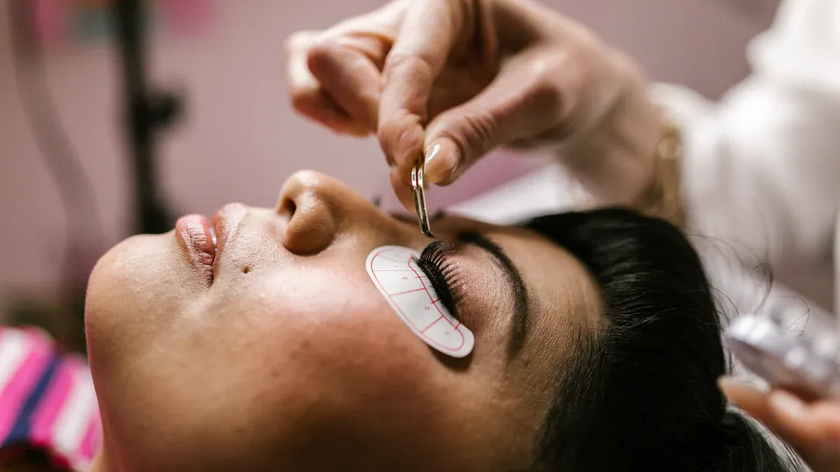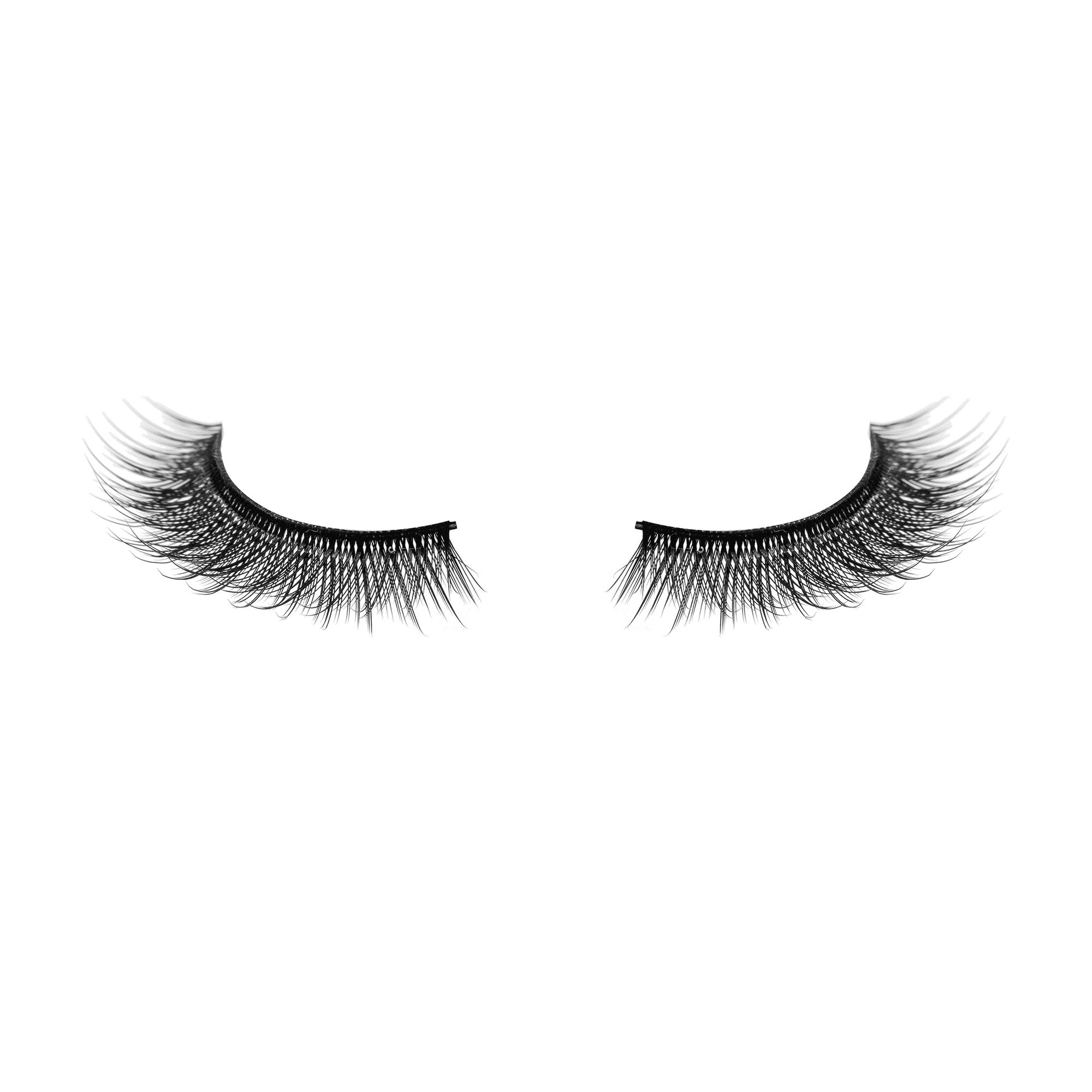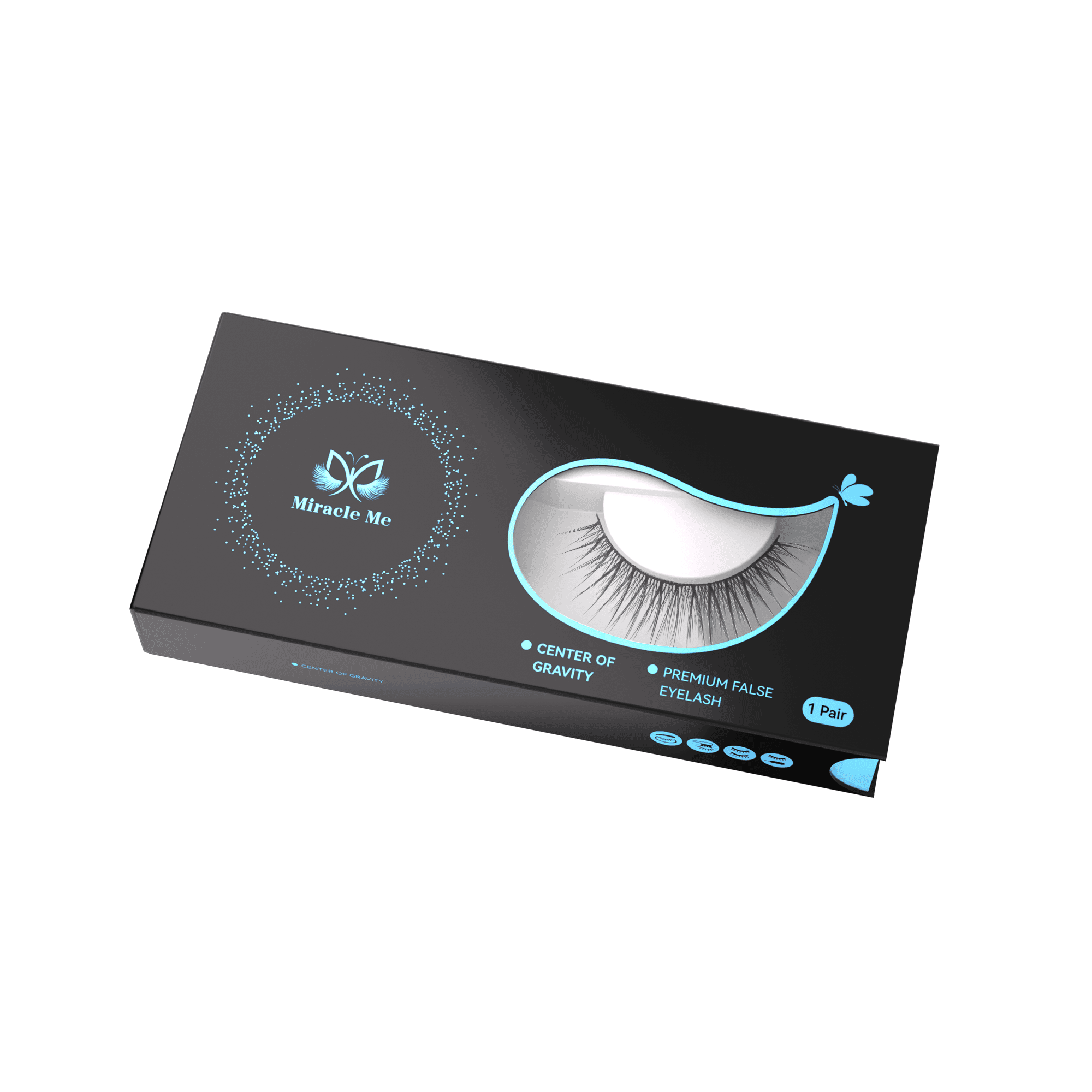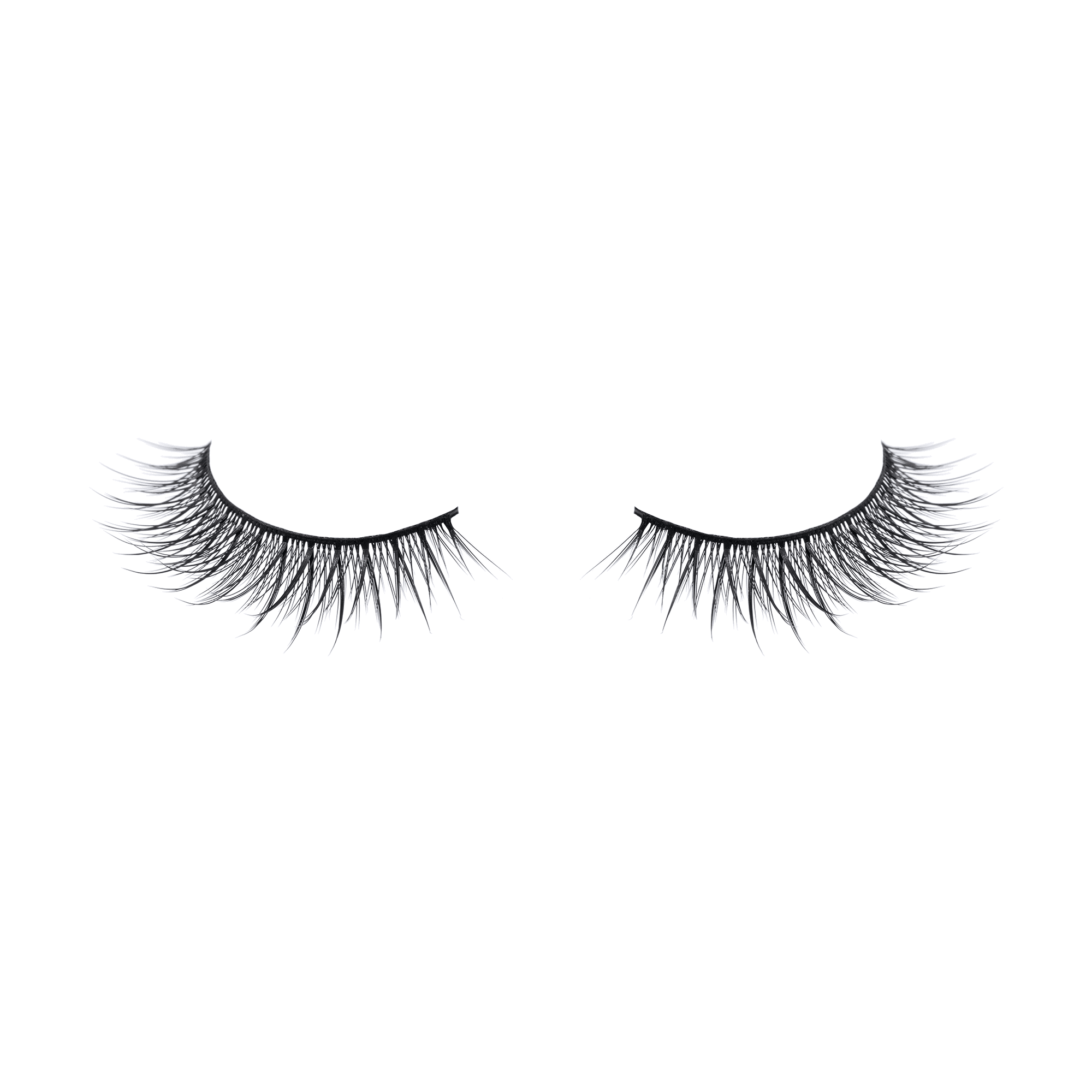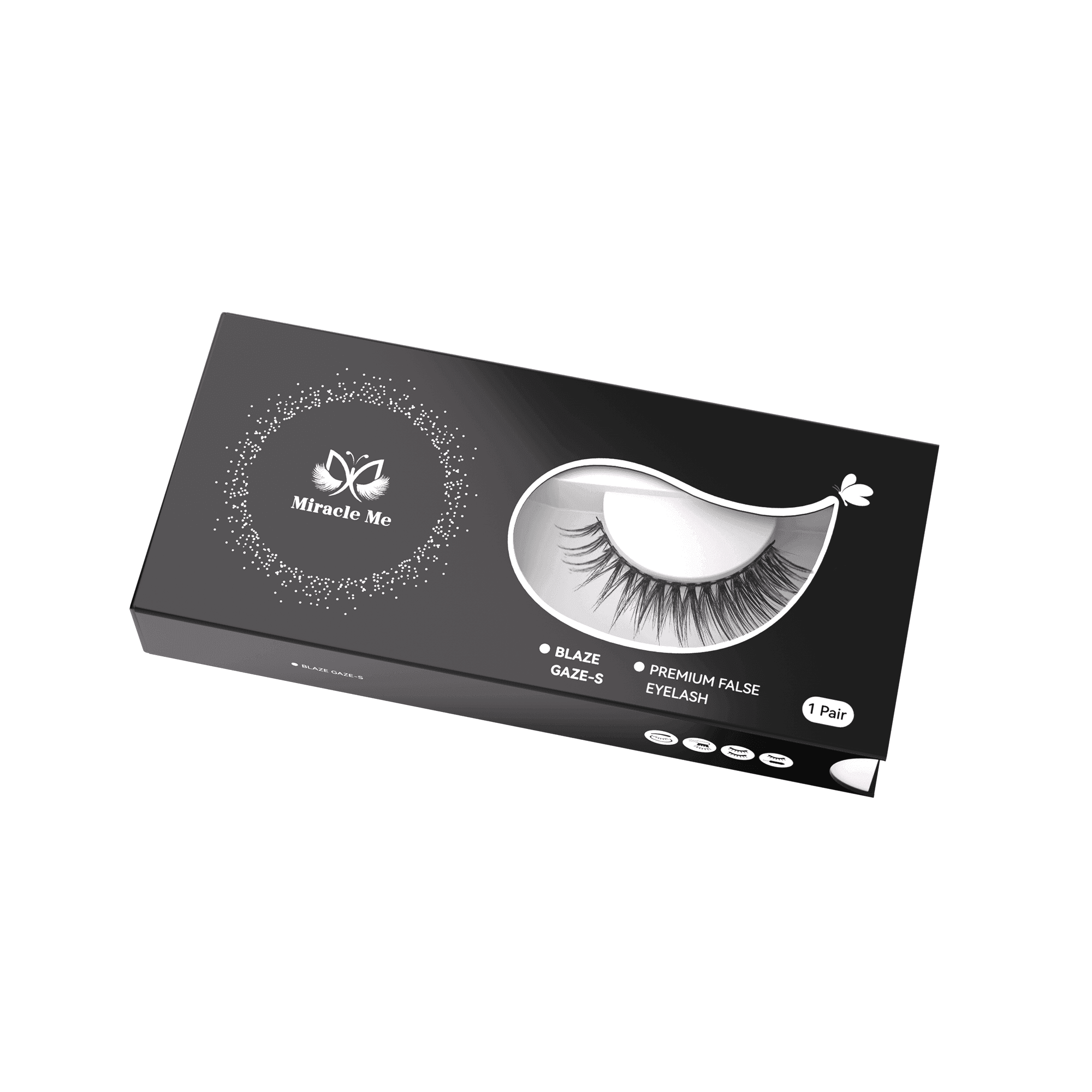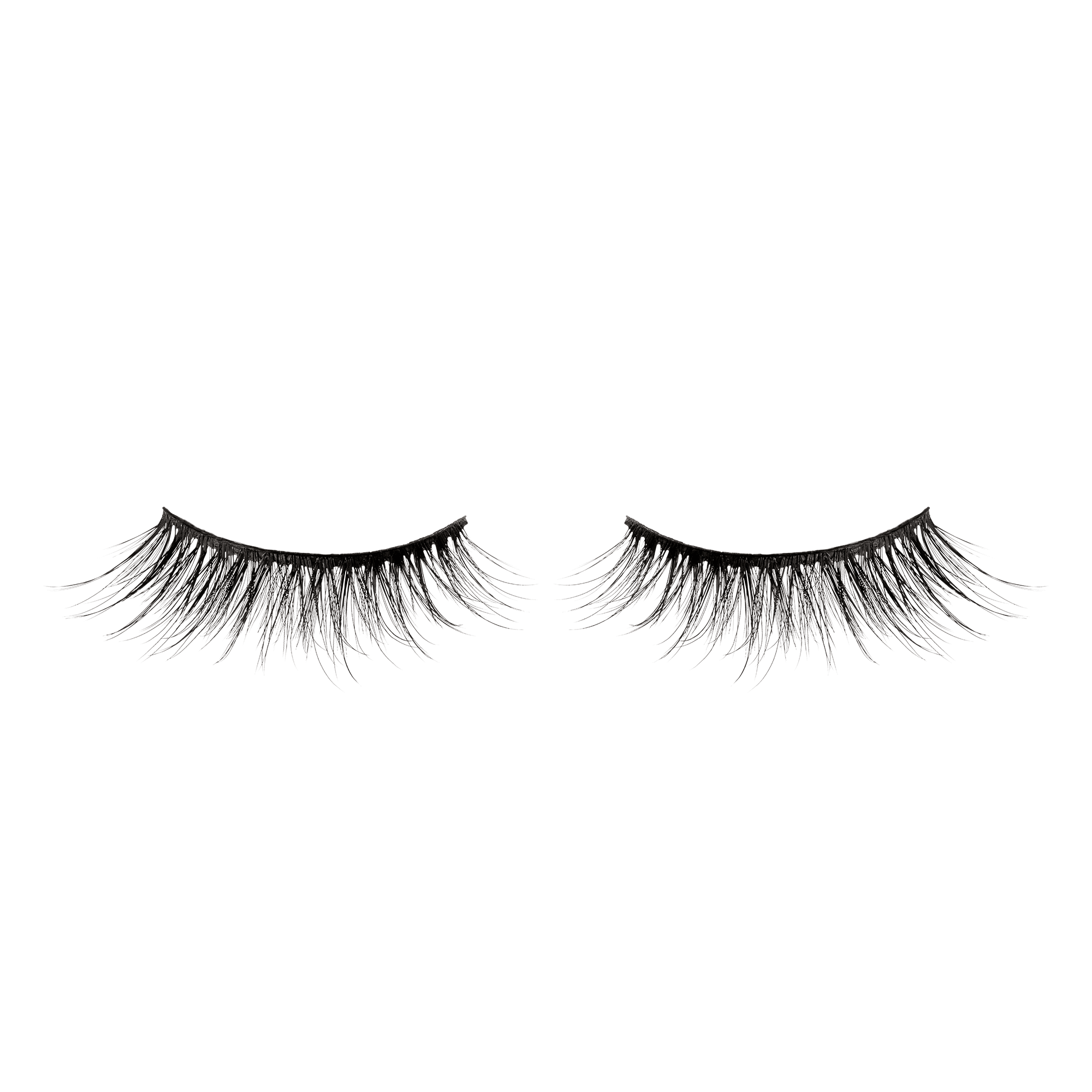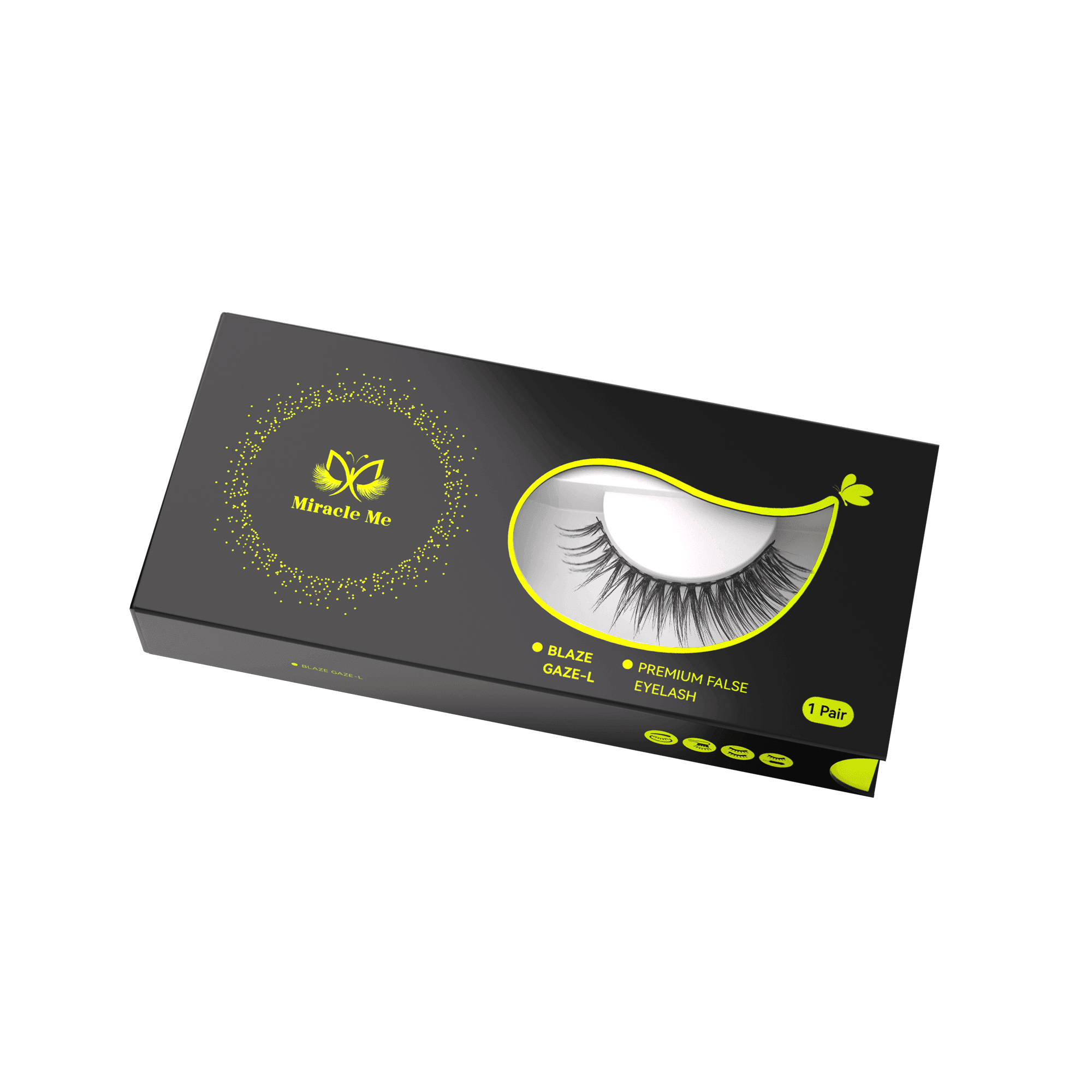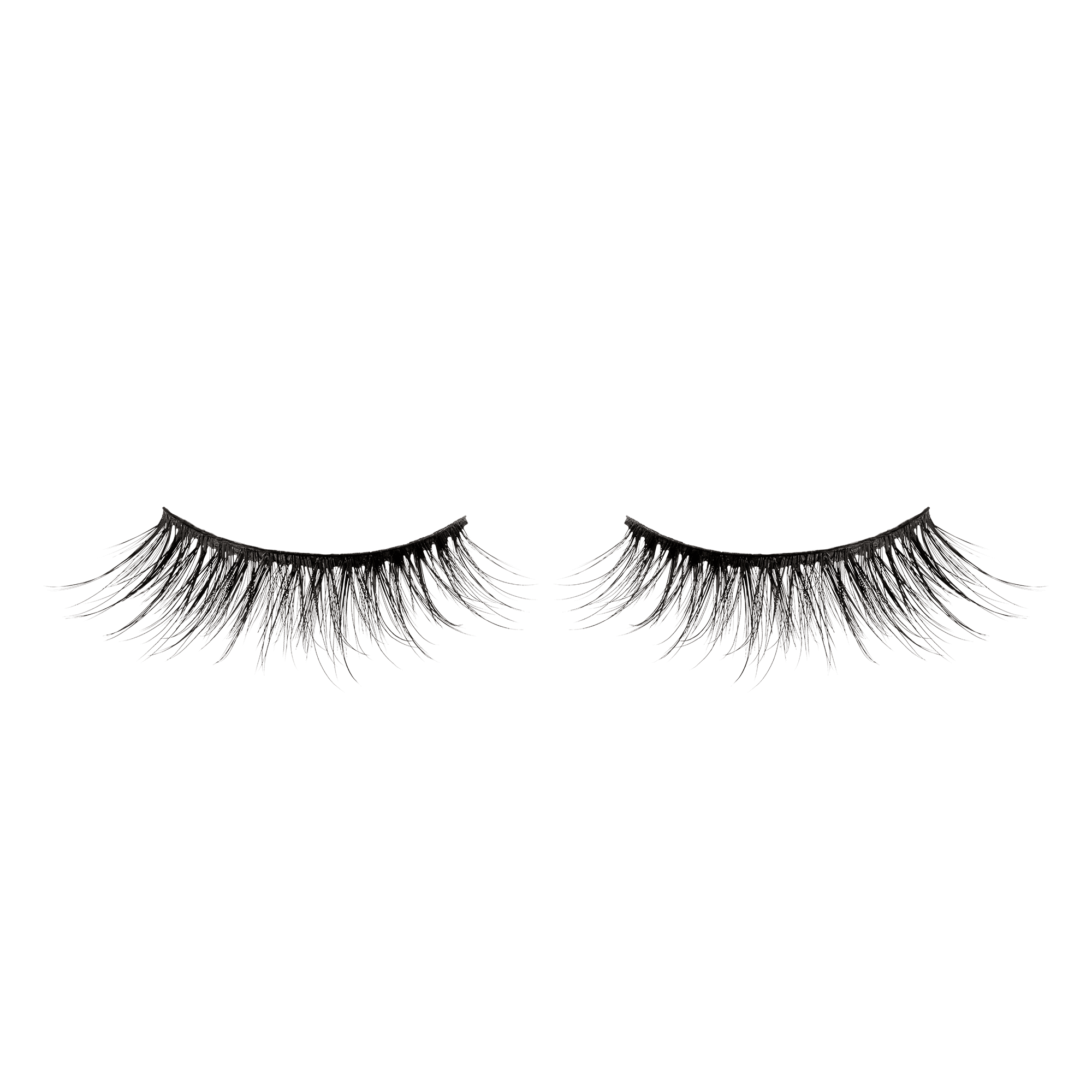Trump’s Tariff Bombs and Their Impact on False Eyelashes

Cover Image Source: pexels
The beauty world felt changes when Trump's tariffs hit Chinese goods, like false eyelashes.
- Businesses had problems right away.
- Costs to make products went up.
- Supply chains were messed up, making profits harder to keep.
- Shoppers saw higher prices and fewer choices.
The personal-care industry once helped the U.S. economy with $2.6 billion in extra trade in 2022. Now, it struggles with higher costs for imported parts. Experts say these tariffs might hurt U.S. beauty makers by making them less competitive.
Even readers of a false eyelashes blog might see fewer product choices or new recommendations.
Key Takeaways
- Taxes on Chinese goods make false eyelashes cost more to make.
- This causes prices to go up for people buying them.
- Beauty bloggers find it hard to get cheap lashes now.
- They review fewer products because of the higher costs.
- Buyers are choosing reusable and eco-friendly lashes as prices climb.
- Companies are using local materials and trying new ideas to compete.
- The false eyelash market is changing with new trends like subscriptions.
Understanding Trump's Tariff Policies
Overview of tariffs on Chinese Imports
Why are tariffs on Chinese goods such a big deal? These tariffs are one of the biggest changes in U.S. trade rules since the 1930s. The U.S. now has its highest tariff rates in nearly a century. This change is meant to fix trade problems and help U.S. industries.
The U.S. economy relies heavily on both local sales and global trade. Net exports—showing the difference between what the U.S. exports and imports—have fluctuated over time. For instance, in early 2025, net exports hit a low of -4.8%, illustrating how tariffs can disrupt international trade. However, domestic demand remained strong, contributing 2.5% to GDP growth. While tariffs are intended to boost U.S. businesses, they also create challenges for industries relying on imported goods.
The U.S. Customs and Border Protection (CBP) and the Federal Register provide detailed information on these tariffs, outlining additional taxes and regulations for Chinese goods. The goal is to reduce trade deficits and promote fairer competition.
False Eyelashes and Their Inclusion in the Tariff List
False eyelashes, popular in beauty, are now part of this trade shift. Tariffs on Chinese goods mean extra costs for these products. Many false eyelashes are made in China because labor is skilled and cheap. Adding them to the tariff list has caused problems for the beauty world.
For beauty lovers, this means higher prices and fewer choices. Businesses using Chinese suppliers now face bigger costs. They must either pay more or charge you more. The Federal Register shows how these tariffs cover many goods, including beauty items, to fix trade issues. Sadly, this makes finding affordable false eyelashes harder for everyone.
The Impact on the False Eyelashes Industry
Rising Production Costs for Businesses
The U.S. government's recent tariff policies have significantly disrupted the importation of Chinese goods, including false eyelashes. In early 2025, the Trump administration imposed a 145% tariff on Chinese imports, leading to a halt in shipments and increased costs for businesses relying on Chinese suppliers . This surge in tariffs prompted some companies to pause shipments, citing unmanageable costs and logistical challenges.
However, a White House executive order issued on May 12, 2025, has temporarily reduced the "de minimis" tariff on low-value shipments from China to 54%, down from the previous 120% . This adjustment aims to alleviate some pressure on small businesses and e-commerce platforms. Despite this reduction, the revised tariff still poses significant challenges for industries dependent on affordable imports, such as the false eyelash sector.
Price Increases for Consumers
As businesses pay more, shoppers feel the impact too. The false eyelashes you enjoy now cost more. Tariffs have caused prices to rise in many product categories.
| Category | Price Increase | Effect on Shoppers |
| Overall Tariff | 27% | Families lose $4,700 yearly in 2024 |
| Apparel | 64% | Clothing prices go up a lot |
| Temu Import Charges | 145% | Many items now cost twice as much |
In beauty, higher prices and fewer products are common. Current stock may delay price jumps, but big increases are coming soon. Stores are already raising prices.
For readers of a false eyelashes blog, this means fewer cheap options, less premium false eyelashes, and trying new brands. Experts say tariffs will cost families nearly $5,000 yearly, making beauty items harder to afford.
Supply Chain Disruptions and Sourcing Challenges
Tariffs have also messed up supply chains. Beauty brands now deal with changing costs for materials and packaging. They must decide to either absorb costs or charge you more.
Tariffs have hit cosmetics companies, causing ingredient and packaging costs to change. Brands must figure out how to handle these rising costs or pass them to shoppers.
To adjust, companies are trying new ideas:
- Finding suppliers not affected by tariffs.
- Changing products when ingredients get too pricey.
- Getting packages from other countries.
These changes take time and money, making supply chains harder to manage. Tools like Centric Software help brands plan prices and compare globally.
For false eyelashes, this means longer waits and possible quality changes. You might see delays or different materials in your favorite lashes.
How the False Eyelashes Blog Community is Affected
Problems for Beauty Bloggers Finding Affordable Products
With rising tariffs driving up costs, beauty bloggers are facing increasing challenges. Finding affordable false eyelashes to review has become more difficult, especially for those who cater to budget-conscious audiences. As a result, readers may see fewer reviews of major brands and more content focused on lesser-known or emerging alternatives.
Many bloggers previously relied on bulk purchasing to reduce expenses, but this strategy is now less viable. Suppliers have raised prices, and ongoing shipping delays further complicate access to products. In some cases, bloggers have even paused their content creation due to the lack of affordable lash options.
Tip: Beauty bloggers can try local brands or DIY lash kits to keep their content fresh.
Changes in Blog Topics Due to Rising Costs
Rising prices and limited availability of lashes have forced bloggers to shift their focus. Rather than solely reviewing products, many are branching out to cover a broader range of topics. You’re likely to see more posts on topics like how to apply lashes, proper care, and even DIY lash tutorials.
These changes allow bloggers to maintain engagement with their audiences while adapting to the current market. For instance, some are now highlighting reusable lashes as a more affordable alternative. This shift reflects how bloggers are responding to both the demands of their readers and the broader impact of tariffs on the beauty industry.
Helping Readers with New Solutions
Bloggers are helping readers deal with these challenges. Many now share tips on finding cheaper lashes or making them last longer. You might see posts comparing affordable brands or offering advice to save money.
Some bloggers work with small, local brands to give readers special discounts. These partnerships help both the bloggers and their followers. By solving these problems, bloggers keep their content helpful and interesting.
Responses and Adaptations in the Industry

Image Source: pexels
How Businesses Are Handling Tariff Challenges
Beauty companies are finding smart ways to deal with tariffs. They aim to cut costs, stay profitable, and keep products affordable. Some methods include moving factories, changing supplier deals, and using new materials.
Here are examples of what some companies are doing:
| Company | What They’re Doing |
| Stellantis | Helping suppliers handle tariff costs on a case-by-case basis. |
| Subaru | Told dealers that car prices might go up due to tariffs. |
| Vinfast | Expects lower sales because of higher import taxes. |
| Volkswagen | Added an 'import fee' for tariffs and paused shipments from some areas. |
| Volvo | Boosted production in the U.S. to avoid tariff problems. |
These examples show how businesses are adjusting to protect themselves and their customers. In the false eyelashes market, some brands are making lashes locally to skip high import fees. Others are using technology to make production faster and cheaper.
How Shoppers Are Changing Their Habits
Shoppers are changing how they buy beauty products. Higher prices and fewer choices are pushing people to try new things. Many now care more about eco-friendly, ethical, and local products.
Recent studies show these trends:
| Statistic | Percentage |
| Shoppers caring about sustainability | 68% |
| Willing to pay more for ethical products | 42% |
| Seeing local products as eco-friendly | 73% |
| Carbon footprint cut by local shopping | Up to 26x less |
| Convenience as a reason for local shopping | 43% |
| Quality as a reason for local shopping | 38% |
| Price as a reason for local shopping | 29% |
These numbers show that people now value quality and sustainability more. For false eyelashes fans, this means blogs may suggest eco-friendly or locally made lashes. Brands are making products that match these new preferences.
New Ideas in the False Eyelashes Market
The false eyelashes market is growing and changing fast. Companies are creating new products and using technology to meet customer needs.
Some exciting trends include:
- The market could grow from $2.07 billion in 2025 to $3.37 billion by 2032, with a yearly growth rate of 7.2%.
- New types of lashes, like magnetic and self-adhesive lashes, are becoming popular.
- Brands are selling more online and offering subscription services.
- Shoppers now want lashes that are easy to use and customizable.

Precious Magnetic Lashes by Glamnetic
Self-Adhesive Lashes by MiracleMe
These changes are making the industry more exciting for everyone. Beauty lovers can expect more choices and cool new products in the future.
Broader Market Implications
Effects on Small Businesses and Independent Beauty Brands
Small beauty brands face big problems because of tariffs. They often use imported materials to make cheap products. Tariffs make these materials cost more, causing tough choices. Some brands pay the extra costs, losing profits. Others raise prices, risking fewer customers who want cheaper options.
Competing with big companies is now harder for small brands. Large companies can get better deals or move production elsewhere. Small businesses don’t have these options, making it tough to adjust. You might see fewer new products from small brands as they struggle to survive.
Global Competition and Shifts in Market Dynamics
Tariffs change how beauty brands compete worldwide. Higher costs make companies rethink their prices. They must choose to either pay the extra costs or charge you more. Both choices are risky. Paying more hurts profits, while higher prices may lose customers.
Shoppers are now more careful about spending. Many compare prices and buy less, changing the market. Brands offering good quality at low prices do better in this new situation.
Key changes in the market include:
- More local production to avoid tariffs.
- Focus on eco-friendly and fair practices.
- Growth in online shopping to save money.
Long-term Trends in the False Eyelashes Industry
The false eyelashes market is evolving in response to new challenges. Tariffs have pushed many brands to innovate, explore local sourcing, and shift toward domestic manufacturing—supporting local jobs and appealing to eco-conscious consumers. As a result, we’re seeing more lashes produced closer to home.
Trends like reusable and magnetic lashes are gaining popularity. Consumers appreciate their cost-effectiveness, ease of use, and sustainability. Subscription services are also on the rise, offering convenient and affordable options for regular lash deliveries.
Despite market pressures, the industry continues to grow. Experts anticipate ongoing expansion driven by innovation and shifting consumer preferences. Beauty enthusiasts can look forward to exciting new products and trends in the near future.
Tariff policies—particularly those introduced during the Trump administration—have reshaped the landscape. Increased costs, disrupted supply chains, and reduced product variety have challenged the industry. In response, many companies are investing in product quality, leveraging digital tools, and focusing on sustainable, locally made solutions. Consumers, in turn, are increasingly opting for reusable and eco-friendly lashes.
Key Effects and Adjustments in Beauty After Tariffs:
- Growing Competition: Local businesses are facing increased pressure from international sellers, especially those based in China.
- Key Challenges: Many local stores are struggling to compete with lower prices and aggressive marketing strategies from overseas.
- How to Stay Competitive:
- Focus on higher-quality products and exceptional customer service
- Highlight unique local features that set your business apart
- Use digital tools to build stronger customer relationships and loyalty
- Advocate for fair trade policies—without resorting to protectionism
The future might bring new suppliers and cool ideas like magnetic lashes. The market is set to become greener and more creative soon.



